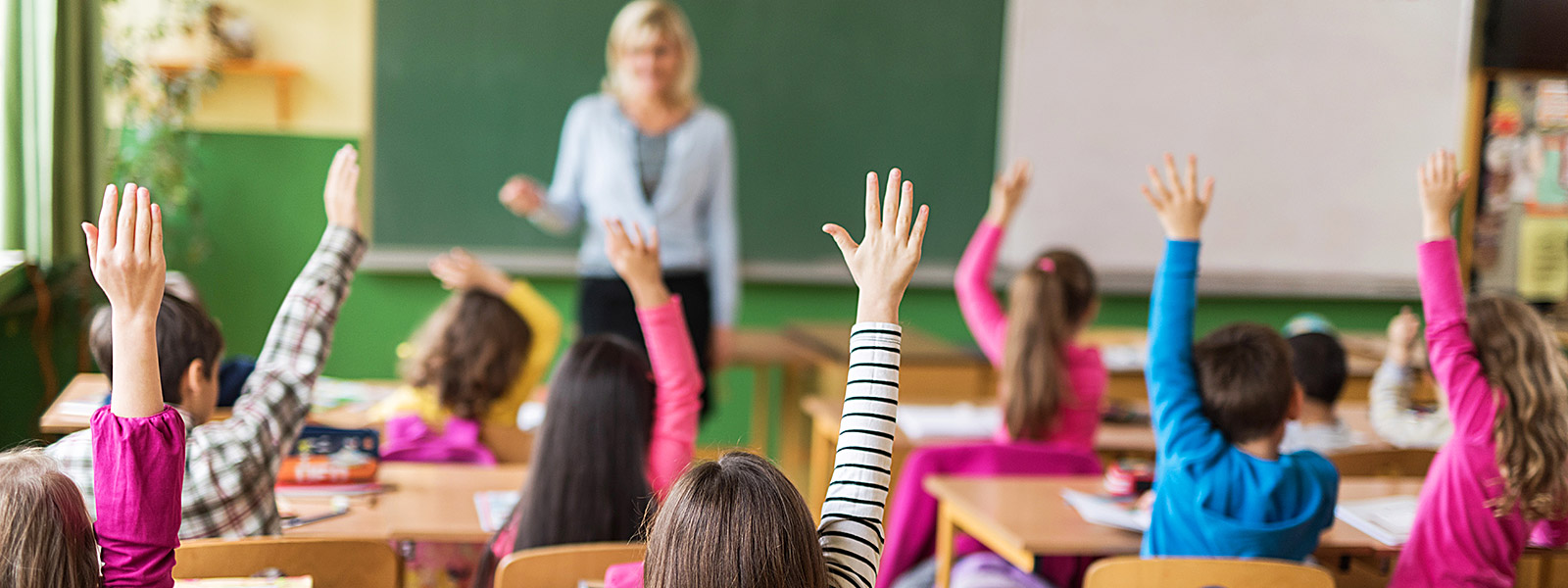Backstory
During early Covid-19, most, if not all, schools shut down and turn their way to online learning. However, while online learning may have worked for older students, middle school and high school, it was not useful for younger elementary kids.
Online learning is difficult to monitor kids and making sure they are paying attention and learning. Now current 4th and 5th grade students stuggle to learn efficiently, which then hinders their ability to simply read and write. If you do the math, these students had to do thier preschool, kindergarten, and first grade years online. This is unfortunate due to these grades being the foundation years for students in order to learn how to learn.
Personal Stories (Why it Matters)
My Story
I am aware of this situation solely because I work with students in elementary school. I am an after-school tutor, therefore I help kids on their homework, and push them to learn more. I especially work close with 4th and 5th grade students with some kindergarteners.
Sometimes these students would have writing for their homework, however they stuggle to write at their own level. Their sentences are basic kindergarten sentences, and they fail to write grammatically correct. They also lack detail in their writing and the ability to spell. You can see the effects of online learning to these 4th and 5th graders if you compare their writing to 3rd and 6th graders. There is a substaintial difference in their English foundation.
There will be times where I will give them simple journal writing assignments, and their goal is to only write 10 sentences about their breaks or what they did over the weekend, and unfortunately they still fail. Some will say "10 setences is too much" or "how do I write 10 setences about what I did?". It is truly mind boggling when I explain to them that they need to write details about what they did and not just "I went to the beach" but they sadly still do not understand. It is frightening to see this level of illiteracy in students who are supposed to be our future.
Other Stories
Kendrick Cheng, 28
"As the director of Connected Academy, I believe literacy is the cornerstone of a child's educational journey, empowering them to navigate and excel in an ever-changing world."
As the director of a tutoring program, Kendrick also sees firsthand of these students struggling with reading and writing. As said in his quote above, literacy is essential for students to succeed in the world.
Uyen Nguyen, 22
Uyen has worked with students over many years, pre and post covid, and she has brought to light that this level of illiteracy only appeared after COVID-19 and online learning.
Adelyn Chan, 21
Adelyn has worked as a summer school teacher and works with students from first to sixth grade. She is aware of the issue of illiteracy among these students. Adelyn agrees that it is more prominent now then it was before COVID. She explains that before COVID it is understandable that students may not understand some stuff, but it is not normal for students to not understand anything at all.
Solutions
To solve this problem, everyone in the students' lives needs to be involved. It is not just on their teachers to teach them, but also the parents to help build learning habits and practice. Teachers must realize that students are behind in learning and cannot push new things to learn when they have not mastered another thing (Poletti 2020). Schools need to connect with parents and give them resources to help them outside of school hours (Bozan 2022).
Students need to start from the basics to fully understand and grasp knowledge to overcome this level of illiteracy and succeed in life.
References
Bozan, M., & Anılan, H. (2022). Teaching literacy in first-grade of primary school during COVID-19 pandemic. Mimbar Sekolah Dasar, 9(1), 24–42. https://doi.org/10.53400/mimbar-sd.v9i1.38914
Poletti, M. (2020). Hey teachers! Do not leave them kids alone! Envisioning schools during and after the coronavirus (COVID-19) pandemic. Trends in Neuroscience and Education, 20, 100140. https://doi.org/10.1016/j.tine.2020.100140


No comments:
Post a Comment